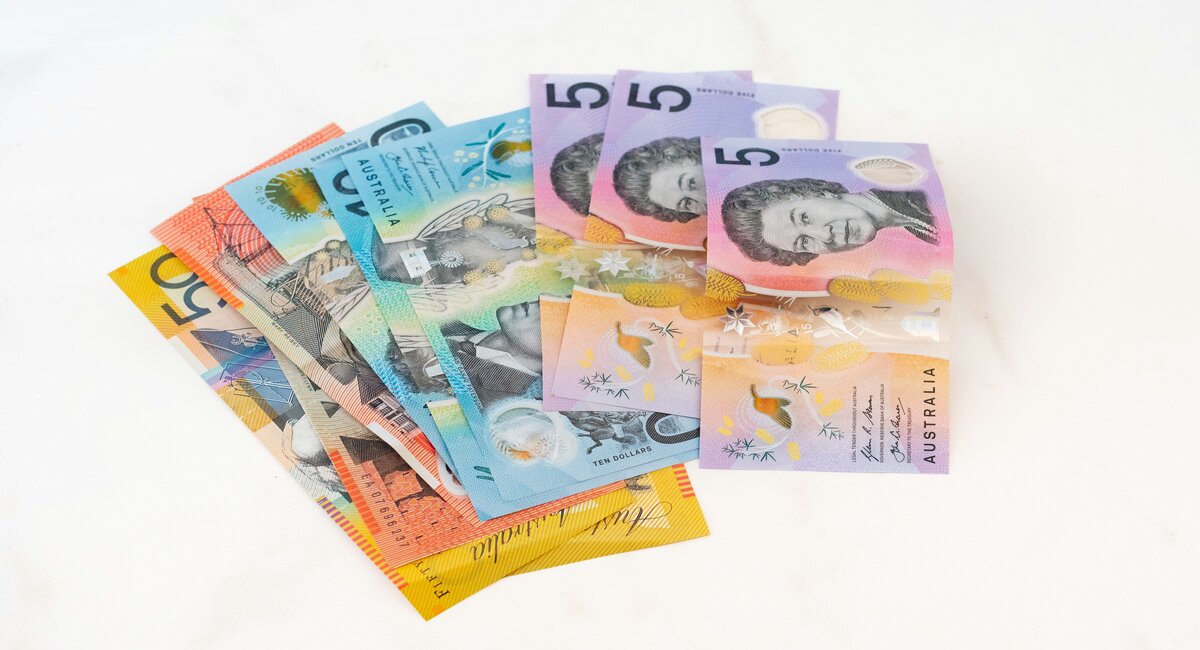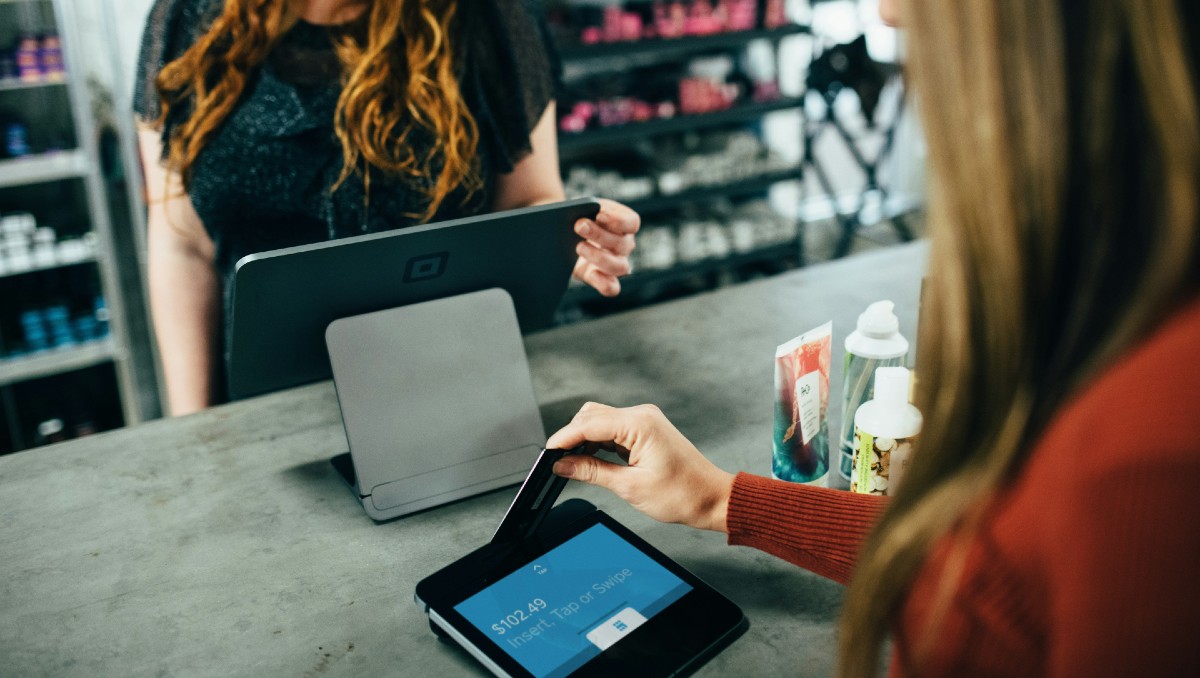There were 514,300 Australians (2.5%) who experienced a scam, down from 552,000 or 2.7% in the 21/22 period.
However, 8.7% of Australians aged over 15 experienced credit card fraud in 22/23, with one in six victims losing more than $1,000.
This is up from 8.1% in 21/22, with the estimated net loss after reimbursements at about $476 million, more than 20% of the total money taken.
Identity theft is also seemingly on the rise, experienced by 1% of Aussies compared to 0.8% in the previous period.
Rising credit card fraud exposure tracks with the findings of the Australian Payments Network that the 23FY saw a 35.6% increase in fraudulent credit card payments.
According to AusPayNet, for every $1,000 of credit card spending, about 64 cents was fraudulent, approaching the pre pandemic figure of 66 cents.
How card fraud works
AusPayNet research suggests about 90% of all fraud on payment cards in 22/23 did not involve a physical copy of the card, known as Card Not Present (CNP) fraud.
Most online banking platforms allow customers to instantly lock missing or stolen cards to prevent it from being used, but CNP fraud typically involves the card information being stolen through phishing or data breaches, which is more difficult to anticipate or prevent.
One of the major drivers of CNP fraud appears to be spending at overseas merchants; despite making up just 15% of overall spend on Australian cards, overseas spending consists of more than half of CNP fraud.
AusPayNet CEO Andy White says large scale collaboration between several groups is necessary to combat this growing problem.
"By working with the telecommunications industry and digital communications platforms, we can disrupt phishing attacks and online buying and selling scams," he said.
"The criminal justice system also has a key role in disrupting and preventing the organised crime syndicates perpetrating these crimes, and they will need to be appropriately resourced and supported by strong public-private relationships to respond to what is largely a transnational criminal threat."
AusPayNet has several recommendations for Aussies who want to protect themselves as best as possible from CNP attacks.
- Only put card details online on secure, trusted websites - look for the little padlock icon.
- Treat unsolicited emails and text messages from strangers with suspicion
- Register for and use their financial institutions online fraud prevention services when prompted (always take advantage of securing accounts with two factor authentication, for example)
- Keep PC software and security updated
- Regularly check card statements for any suspicious activity.
Are Aussies wising up to scammers?
In more positive news, the number of Australians falling victim to scams continues to decline.
In the 20/21 financial year, 3.6% of Aussies were victimised by scams.
In 21/22, this dropped to 2.7%, and then to 2.5% in the most recent 22/23 release.
Anti scam awareness and initiatives look to be having an impact, with more Aussies seemingly wising up to the methods criminals are using.
On July 1 2023, the ACCC launched the National Scam Watch, which aims to coordinate the efforts of the government, law enforcement and private sector entities like banks to combat scams.
Scammers are notoriously adaptable though, evidenced by the increase in buying and selling scams which have now become the most prevalent, experienced by 1% of all Aussies.
According to Consumer Affairs Victoria, scammers may pose as buyers or sellers to defraud victims.
As seller, the scammer might post fake advertisements and trick the victim into sending money for something that doesn't exist, while a fraudulent buyer might pretend to make an overpayment and request the victim send them money back.
PayID scams are particularly common, with criminals using fake emails seemingly from PayID to convince the victim they have mistakenly sent too much money.
Peter Gaal, a 24 year old from Brisbane, talked to Savings.com.au last year about his experience falling victim to a PayID scammer posing as a buyer on Facebook marketplace.
Read more: Closing bank branches exposing elderly Aussies to scammers
Picture by Markus Winkler on Unsplash



 Brooke Cooper
Brooke Cooper
 Harry O'Sullivan
Harry O'Sullivan
 Denise Raward
Denise Raward



